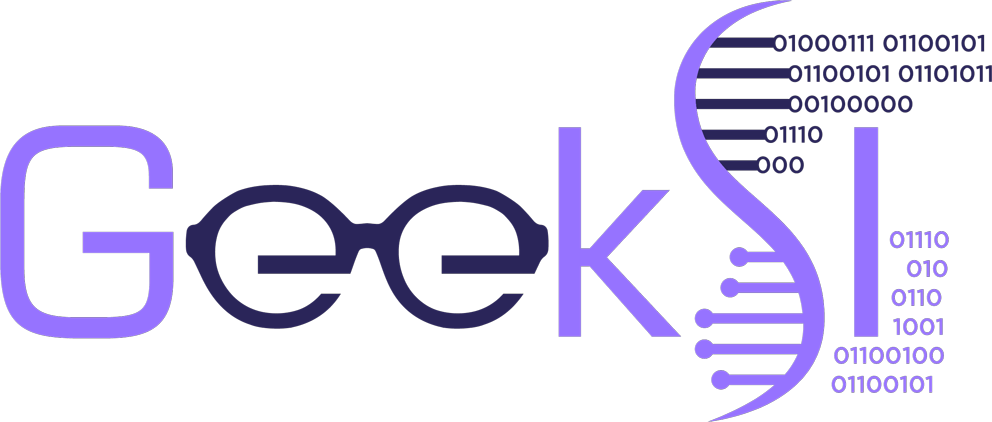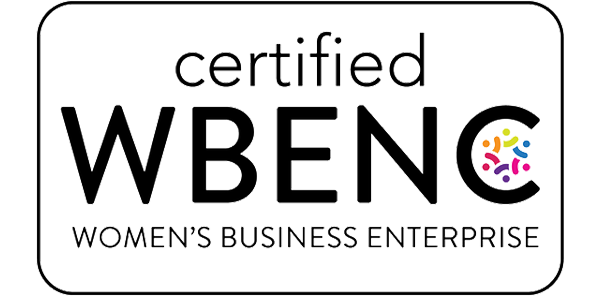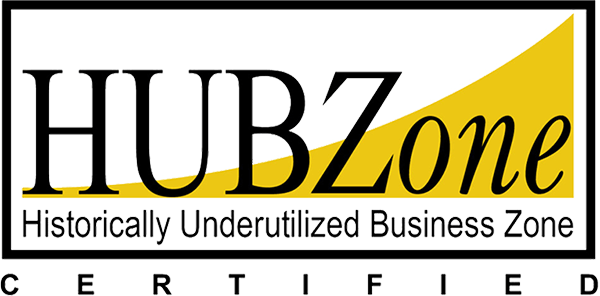Here at Geek Sources, we are firm believers in helping our community and helping those who have served our community. Currently, we’re working on a project for the U.S. Department of Veterans Affairs (VA). We have worked on several projects with the VA over the years and are excited that we get to continue our partnership. Part of what we love about working with the VA is the opportunity to work with an organization that truly cares about the people it serves: America’s Veterans. These soldiers have done so much for us and we appreciate the opportunity to help them and those that serve them.
Specifically, the application we’re currently working on serves the VA by helping generate letters sent from the VA to Veterans’ families. Letters to military families from the U.S. government have been around since the Civil War, with most letter-notification correspondence becoming regular practice during World War II. If you’ve ever seen Saving Private Ryan, you’ve seen one of the VA’s most important letter-generation services: Death notices. In the following clip, you can see an office full of women typing each individual letter.
These days, the VA is trying to streamline letter generation so that letters can be created, sent, and received in a more timely and efficient manner. The application we’re developing is called Memorial Enterprise Letters (MEL) and it integrates with the VA’s current applications, Burial Operations Support System (BOSS) and Automated Monument Application System (AMAS). When a Veteran passes away, their family must submit all requests concerning their loved one and their loved one’s memorial to the VA. When the VA responds to these requests, they do so using Resolution Letters. Our current project is to take the VA Resolution Letters application that already exists and improve it, specifically focusing on how to minimize the need for application users to manually input data into the letters that the application can generate on its own. Anita Dixon, a Business Analyst on the project, explains that, in its simplest form, “the purpose of MEL is to generate resolution letters based on applications received from families of Veterans that have passed away.” These letters allow the VA to communicate with the families of deceased Veterans quickly and respectfully.
While the MEL application’s ultimate goal is to generate these letters, the MEL application also has some extra features to help the users outside of the actual generation of letters. Dixon explains that “the MEL application has several reports that can be used by employees and management to monitor and share progress on the work being performed.” These reports allow users to monitor their progress and it allows administrators and upper management users to see how many letters are being generated and by whom. These reports allow the users to see what they’ve done and what needs improvement. Dixon believes that this opportunity for improvement should work across the application: “I am hoping that the MEL application will make the user’s job easier, with less opportunities for errors, and give them a pleasant experience doing their unpleasant work.”
Unfortunately, the VA often has to do unpleasant work. Helping America’s Veterans and the families of deceased Veterans is a hard job that can be full of heartbreak. Keeping these Veterans and their families in mind is a necessity in a project like this. Dixon echoes this, stating that while she hopes the success of this project will cause the VA “to see the need to use a letter generation application” on a larger scale, ultimately she hopes that “the families of the deceased Veterans get better service.” And we’re working to do just that. As the project enters its final stages, we eagerly wait for the opportunity to see the application in action, knowing that it will affect not just the users at the VA, but the families of our country’s deceased Veterans.



